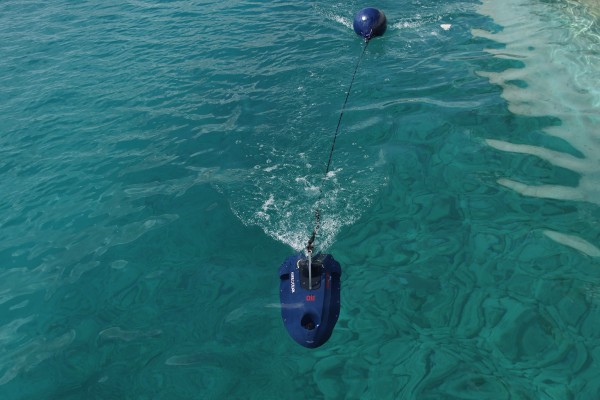AYIA NAPA, Cyprus (AP) — A first-of-its-kind project will use a swarm of small, independent submersibles to monitor, protect and provide data on offshore artificial reefs whose purpose is to attract new marine life in otherwise barren sections of sea, officials said Monday.
The small, autonomous underwater vehicles, or AUVs, hailed as the “future of underwater surveillance” will be equipped with sensors and high-definition cameras to give scientists at the Cyprus Marine and Maritime Institute a clear picture on the effectiveness of their intricate artificial reefs designed and built using 3D printing.
Made of an environmentally friendly cement mixture, the artificial reefs will be embedded with a docking station at which the AUVs can recharge and transmit collected data including video, said CMMI CEO Zakarias Siokouros.
The advantage of the AUVs lies in their ability to loiter underwater for as long as a month at a time and provide a continuous flow of data while “protecting” the reefs by alerting scientists to any disturbance in protected waters from illegal fishing and encroaching boats. Scientists would, in turn, notify local authorities.
A trial run of the project, dubbed EONIOS, is currently underway off Cyprus’ Ayia Napa marina. Scientists plan to place the artificial reefs in waters off Cyprus’ southern coastal town of Limassol at a depth of around 20 meters (66 feet) where sunlight can still reach the seabed.
“The reefs attract everything from vegetation to large fish and for waters off Cyprus where there isn’t enough food for fish, we aim to create the appropriate environment to bring such fish there,” Siokouros told The Associated Press following a demonstration of the AUVs' capabilities at the Ayia Napa Marina.
EONIOS is a partnership between the CMMI, AUV makers Arkeocean of France, Cypriot tech company SignalGeneriX and French consultancy company Lanego.
Siokouros said the partnership aims to market EONIOS to other countries who would want to build up their fish stocks using artificial reefs.
A key selling point for the AUVs is that they can provide surveillance, 3D data collection and area protection at a significant discount compared to tethered submersibles, said Arkeocean official Tamara Brizard.
“Our goal is to make a system under which six of our mini-drones can do the same work for the price of one conventional drone,” Brizard said.
Arkeocean AUVs can currently pack a maximum 5 kilograms (11 pounds) of sensors and other gear and can operate to a depth of 300 meters (984 feet) although newer versions are being designed to reach 3,000 meters (9,842 feet). The AUVs receive commands through an attached acoustic antenna and can pinpoint their location.
Battery-powered thrusters make the AUVs very stealthy and nearly undetectable, Brizard said, making them extremely useful for defense purposes such as surveillance in restricted waters. The AUVs can operate anywhere in the world thanks to an Iridium satellite antenna.
The AUVs can also use undersea currents to roam, extending battery life. Another application is in the energy field where the submersibles can be used to detect seismic activity for offshore oil and gas exploration as well as finding suitable areas on which to build offshore wind and solar farms, said Brizard.




















